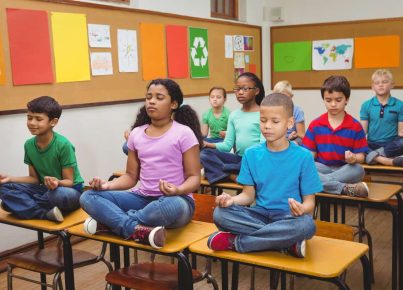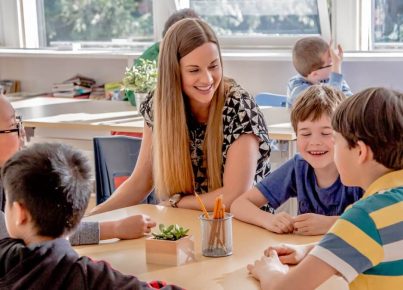As schools face an increasing demand for quality education, the challenge of providing sufficient coverage for their students is a growing concern. Institutions are searching for creative ways to alleviate coverage issues and ensure that every student receives the education they deserve. Below are ten innovative approaches that schools are employing to overcome these challenges:
1. Flipped Classroom Model: By assigning specific learning materials, such as videos or articles, before class, teachers can focus their in-class time on discussions and hands-on activities instead of simply delivering lecturers.
2. Online Learning Platforms: E-learning platforms such as Khan Academy, Coursera, and Edmodo provide a wealth of resources for students and teachers alike, including video tutorials, quizzes, and interactive lessons that can supplement traditional classroom instruction.
3. Collaborative Teaching: Pairing teachers with different specializations or skillsets allows them to pool their expertise and provide more comprehensive instruction while reducing the workload for individual teachers.
4. Community Volunteers: Bringing in local experts or community leaders to conduct workshops or mentorship programs not only helps to fill gaps in coverage but also strengthens the bonds between schools and their communities.
5. Student-Driven Clubs: Encouraging students to establish clubs around shared interests provides an opportunity for peer-to-peer learning and personal growth while supporting the school’s educational goals.
6. Flexible Scheduling: Allowing students to create personalized schedules with opportunities for online or self-guided study can contribute to a more effective learning experience tailored to the needs of each student.
7. Cross-Disciplinary Projects: Through interdisciplinary projects that challenge students to apply knowledge from multiple subjects, schools can foster collaboration and problem-solving skills while also addressing coverage gaps.
8. Short-Term Substitutes: Schools may consider hiring qualified substitutes on a short-term basis to provide specialized instruction during periods when regular teaching staff is unavailable due to various reasons such as illness or personal commitments.
9. Real-World Exposure: Field trips, internships, or job shadowing programs can help bridge the gap between academic instruction and practical application, providing students with a more well-rounded education.
10. Parent Involvement: Inviting parents and guardians to actively participate in their child’s education can supplement classroom instruction and reinforce learning concepts at home.
By adopting these creative strategies to alleviate coverage issues, schools are working towards creating a more inclusive educational experience that is both engaging and dynamic for every student. Through consistent effort and teamwork between school administrations, teachers, students, and communities, the future of education will no doubt be a bright one.




